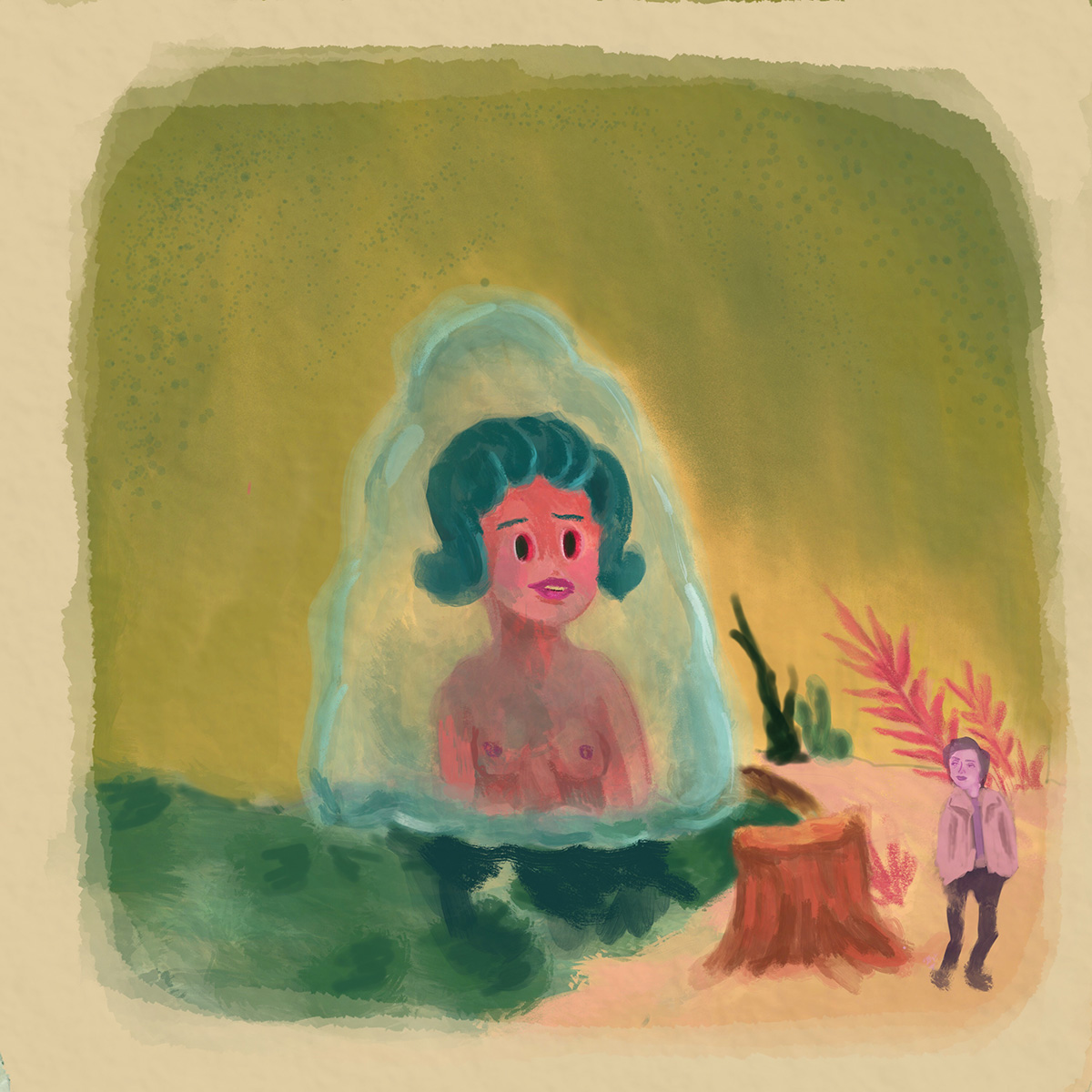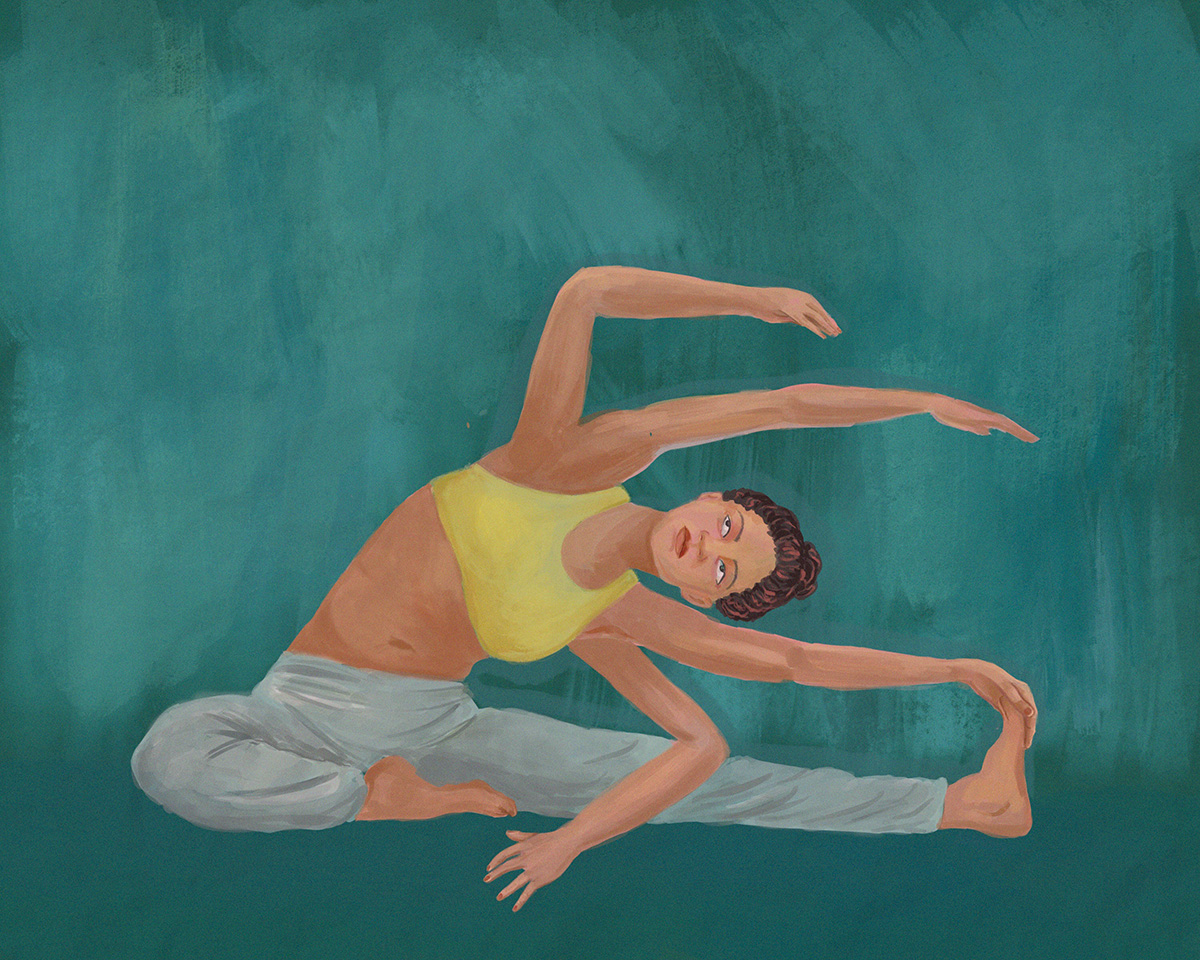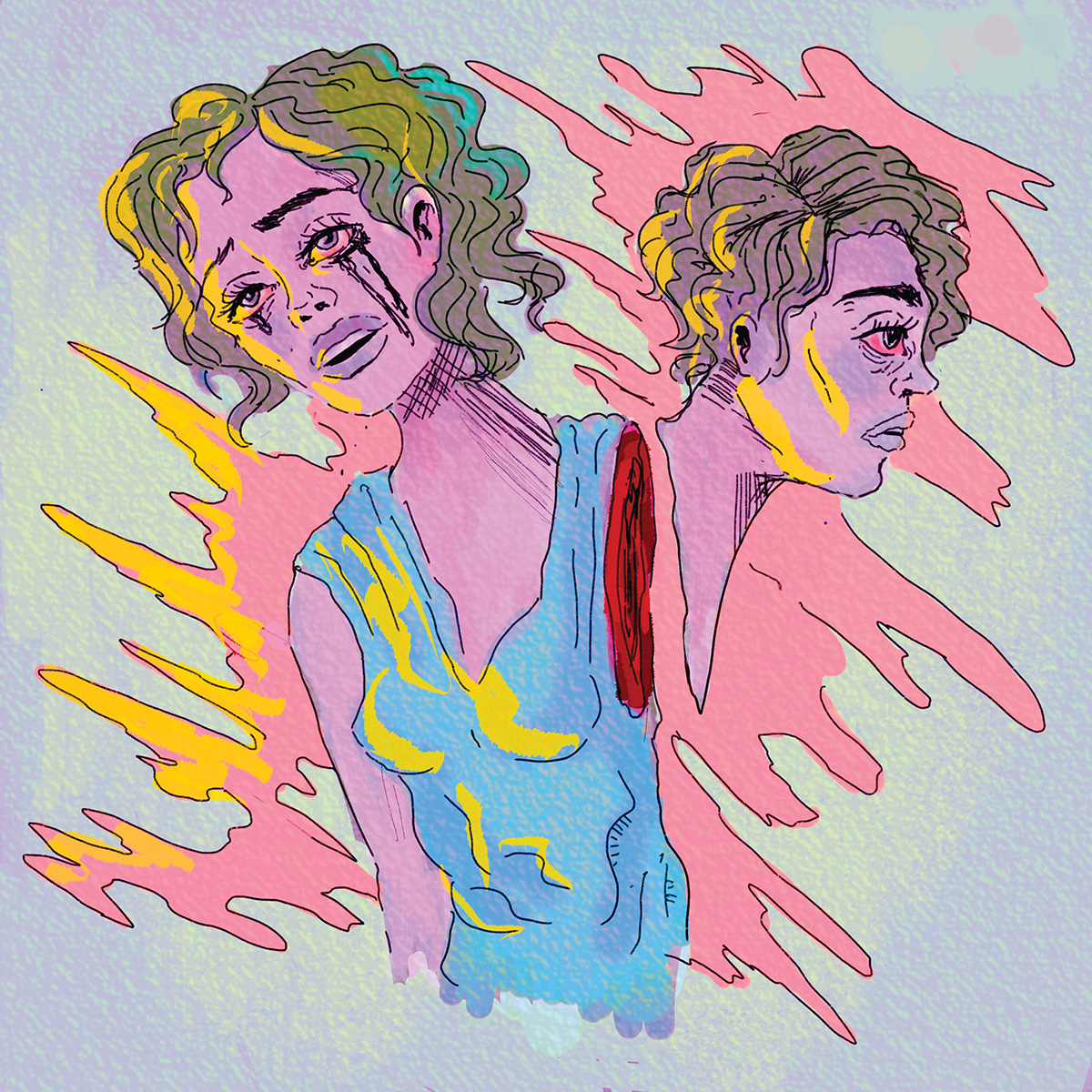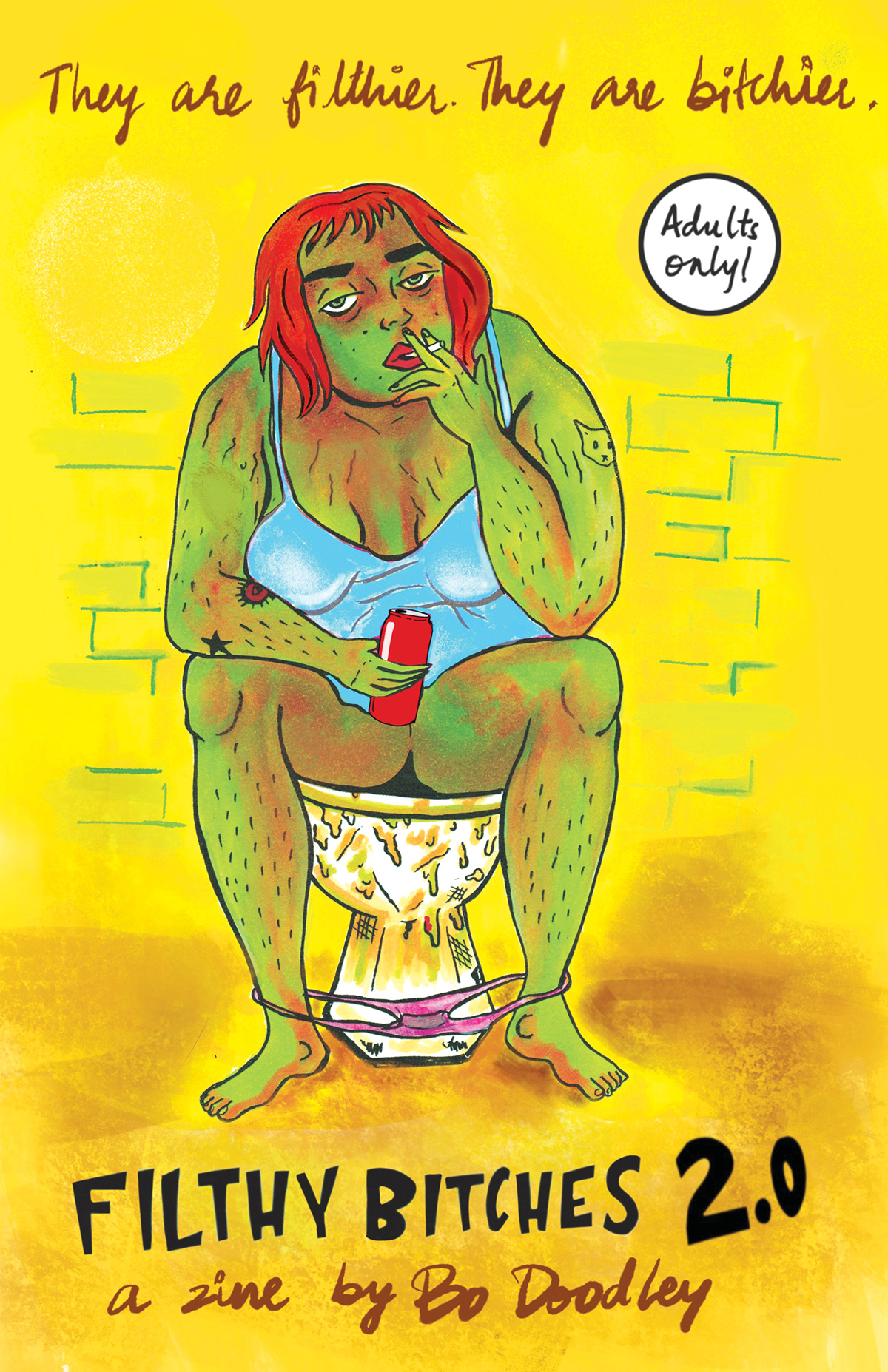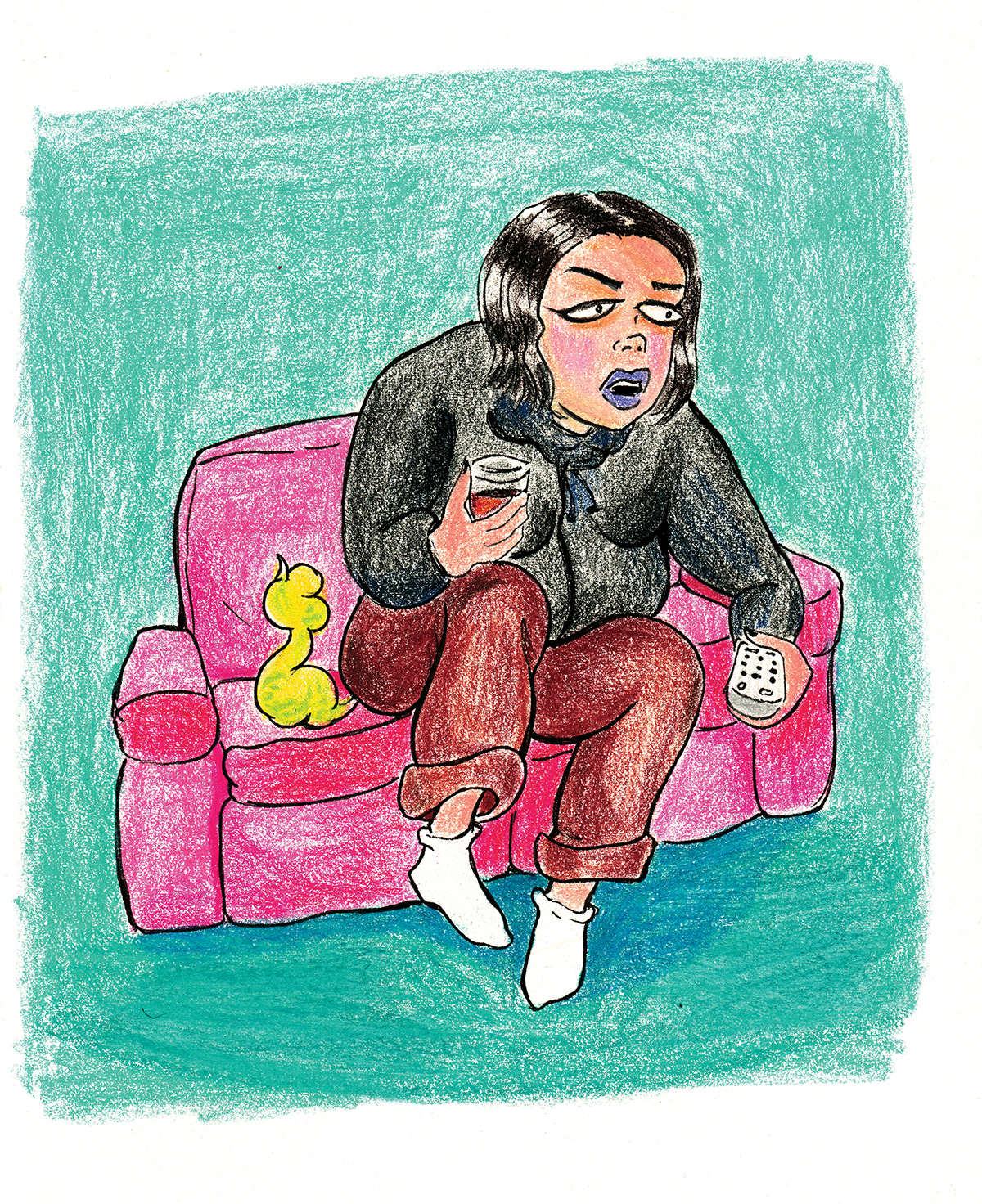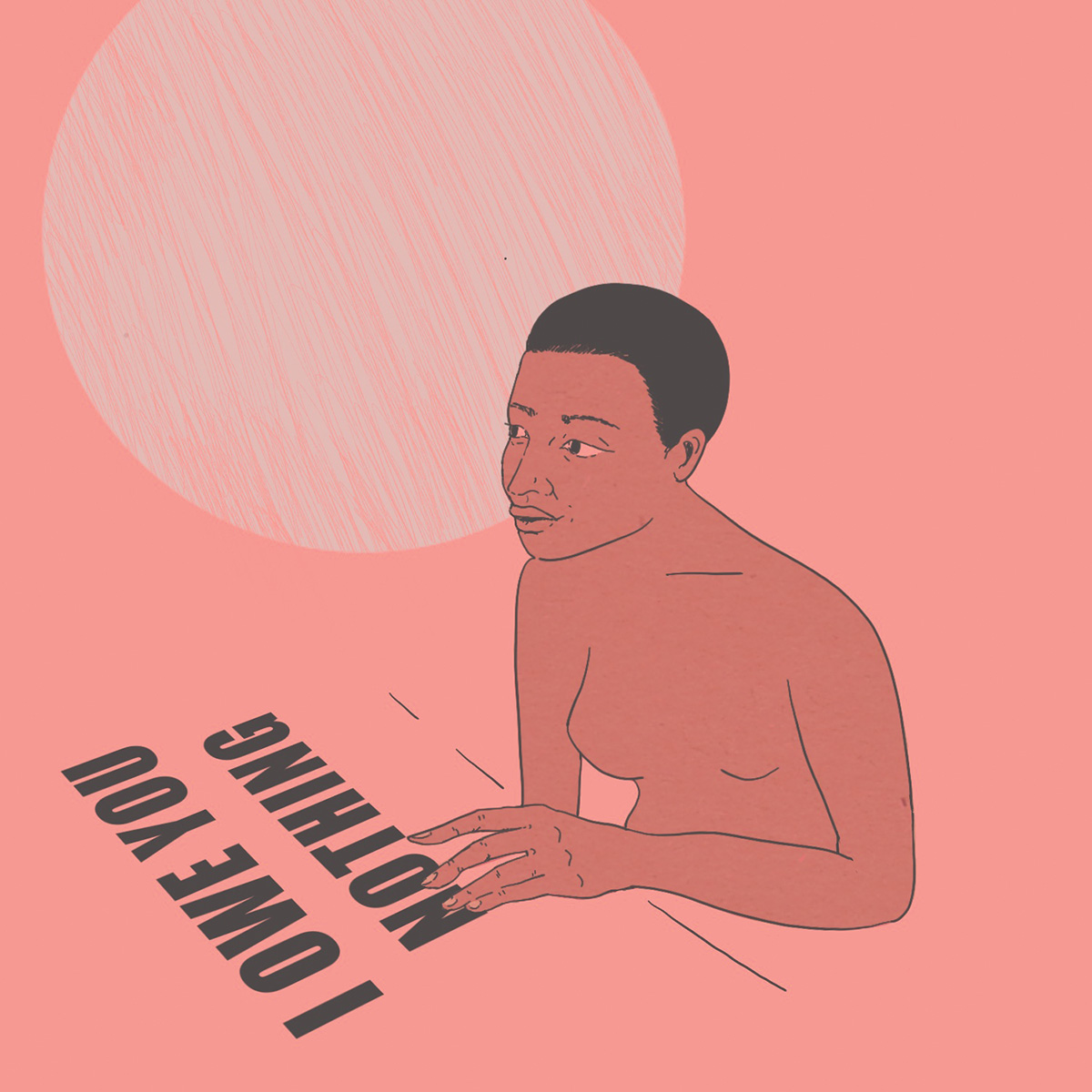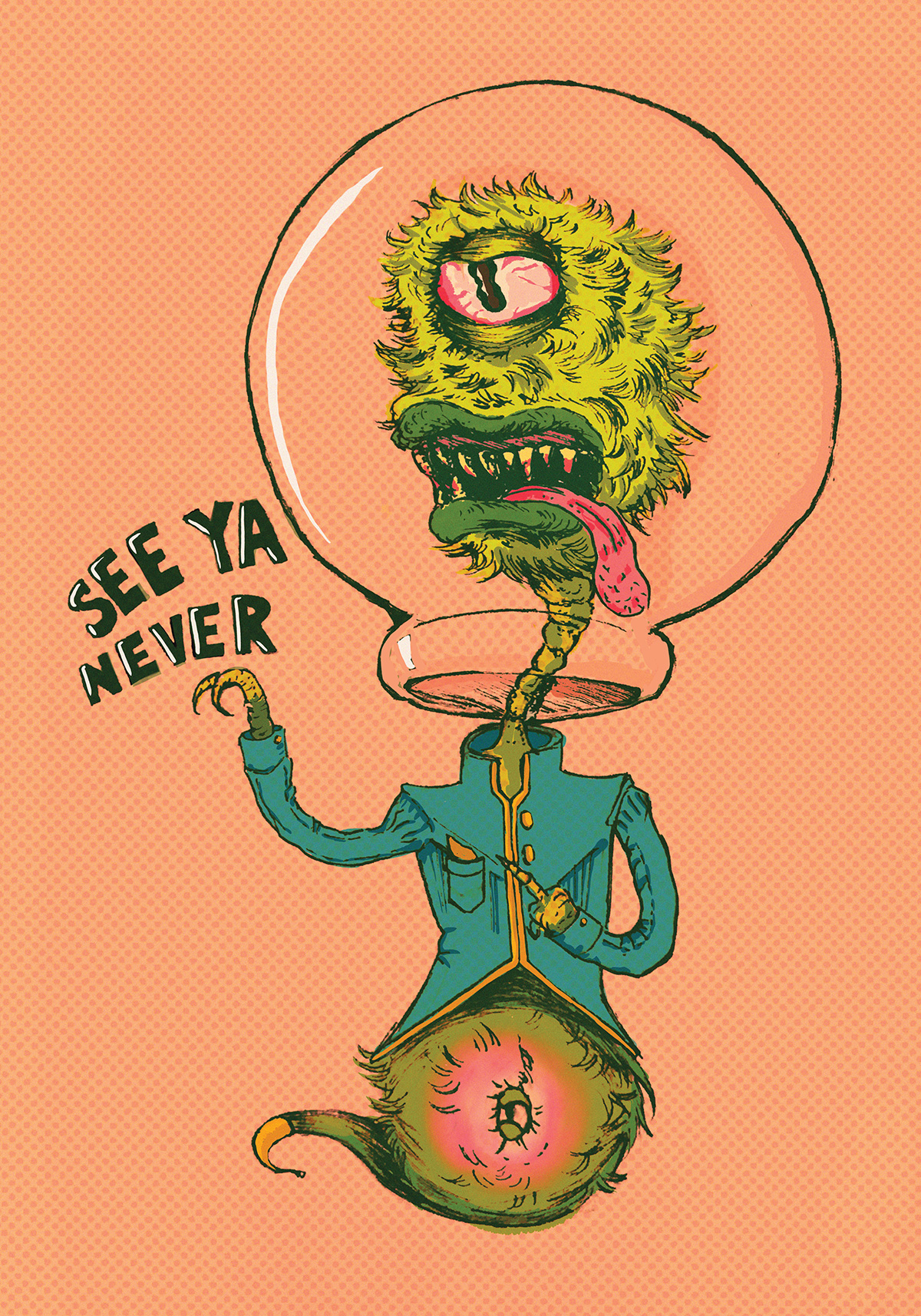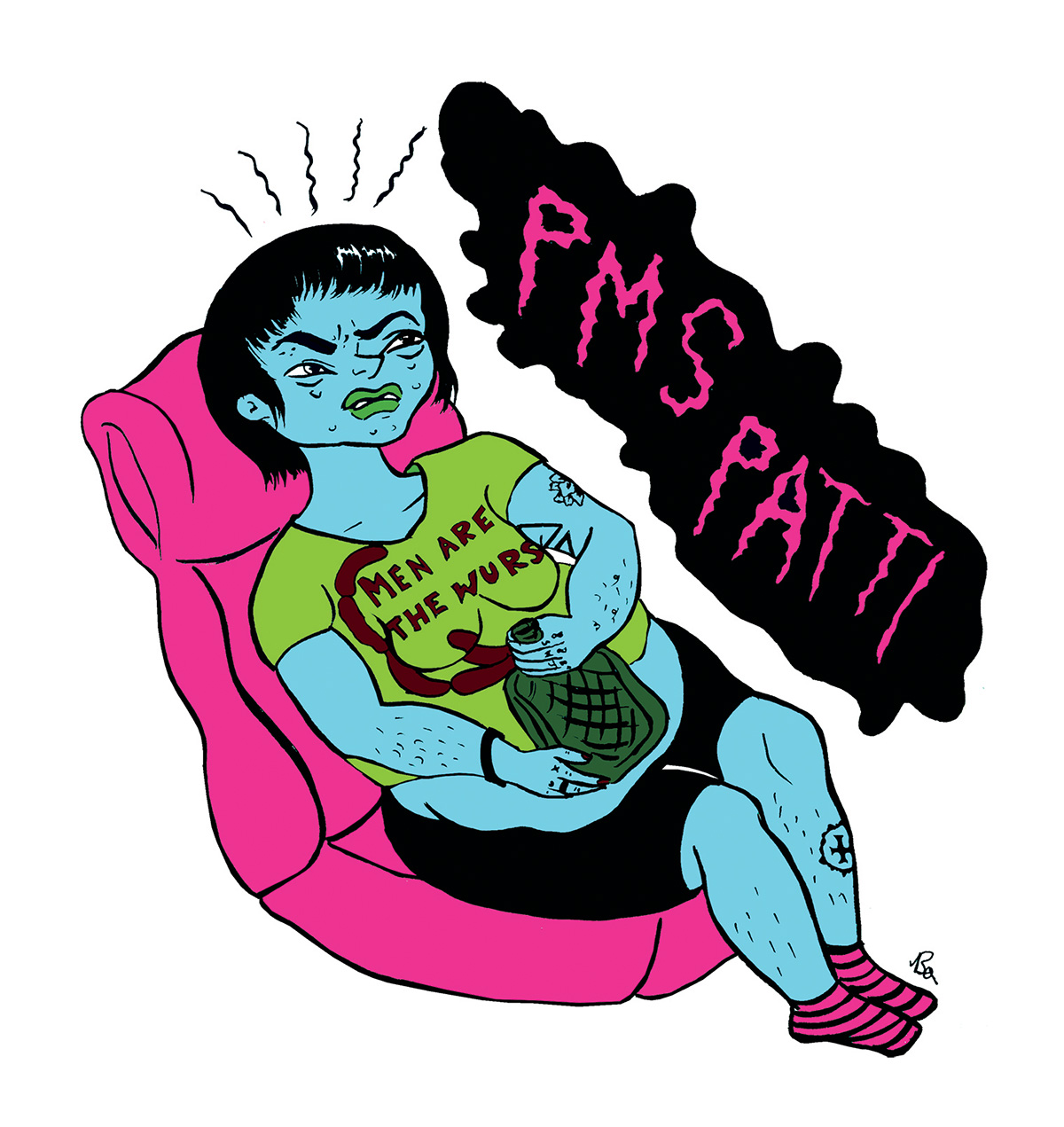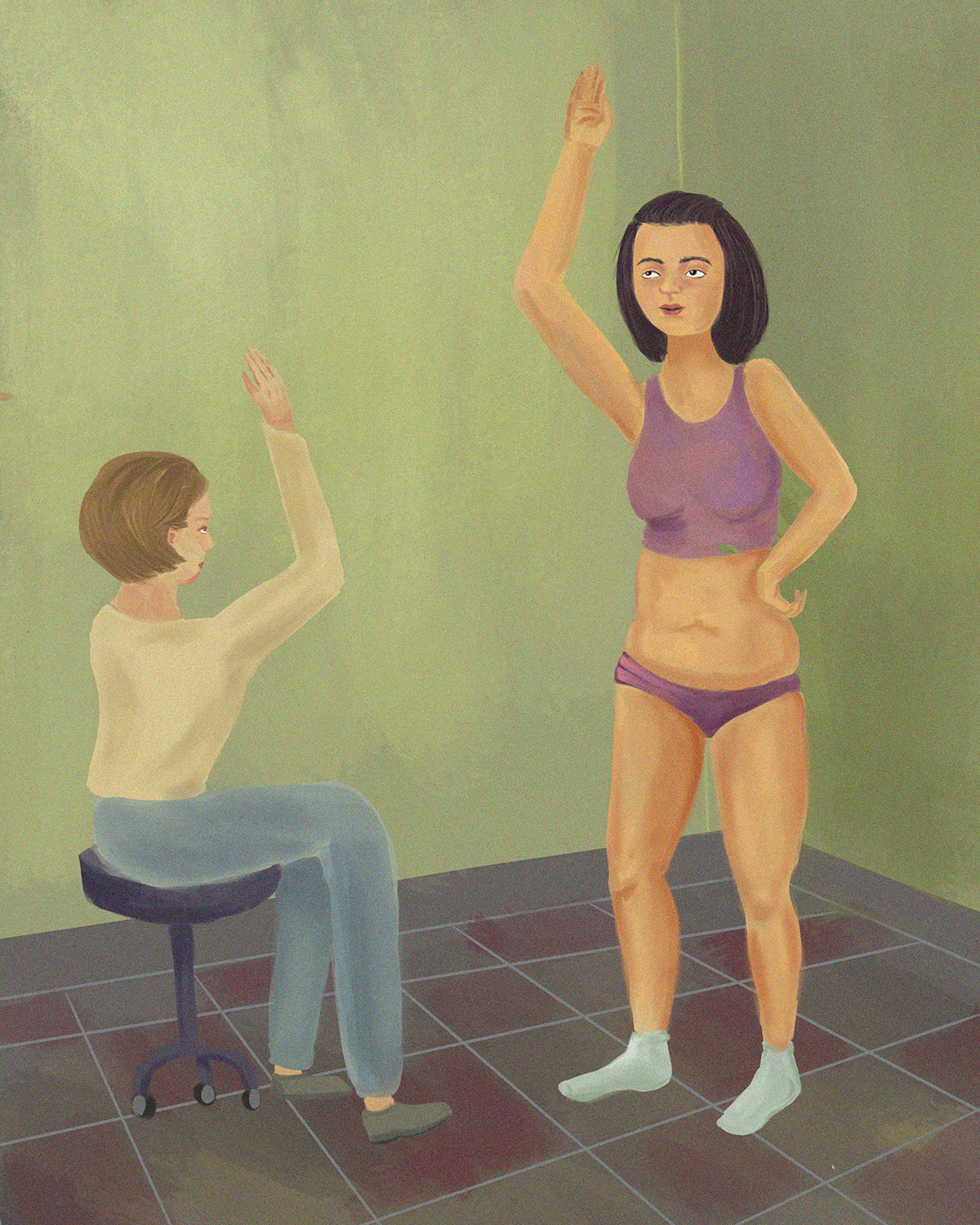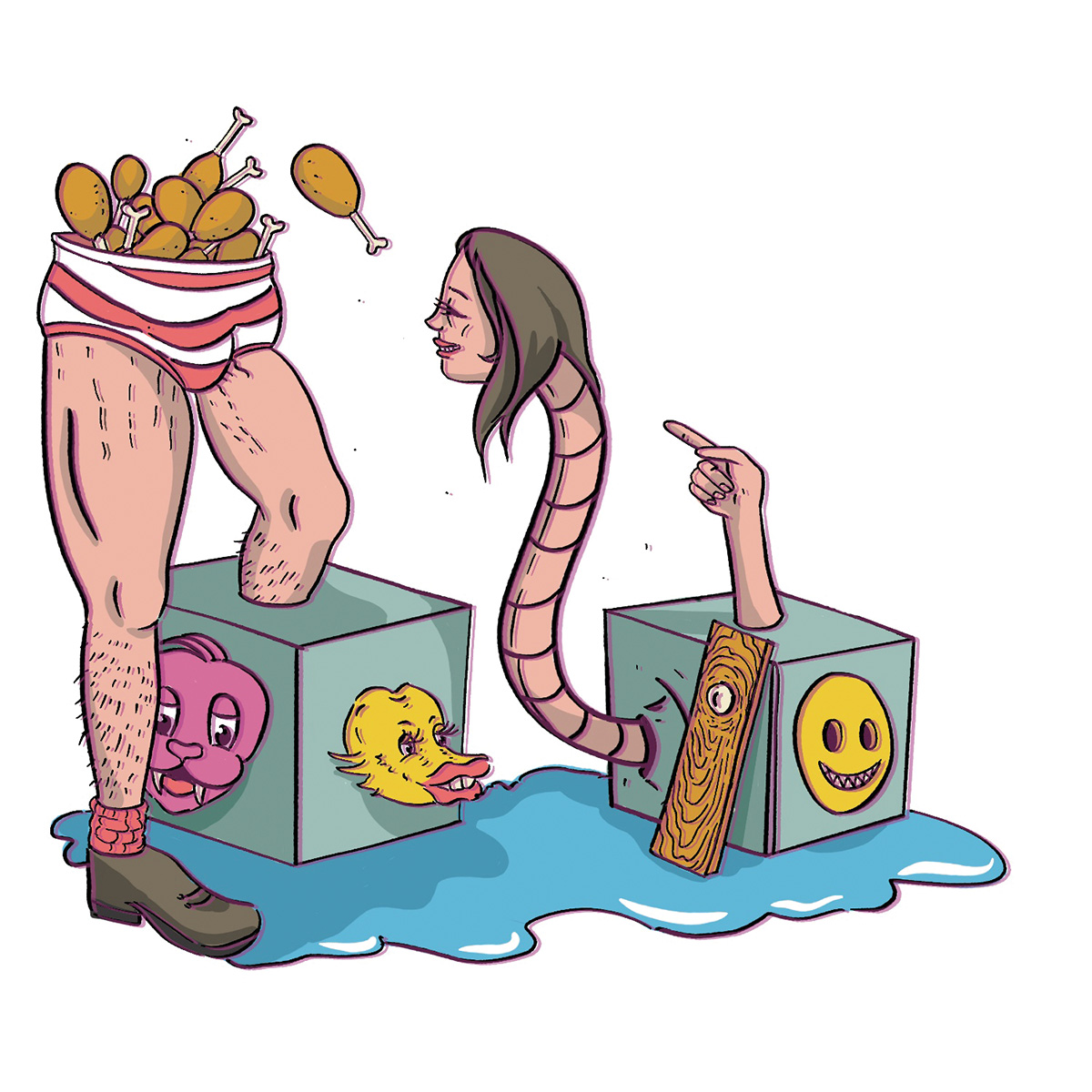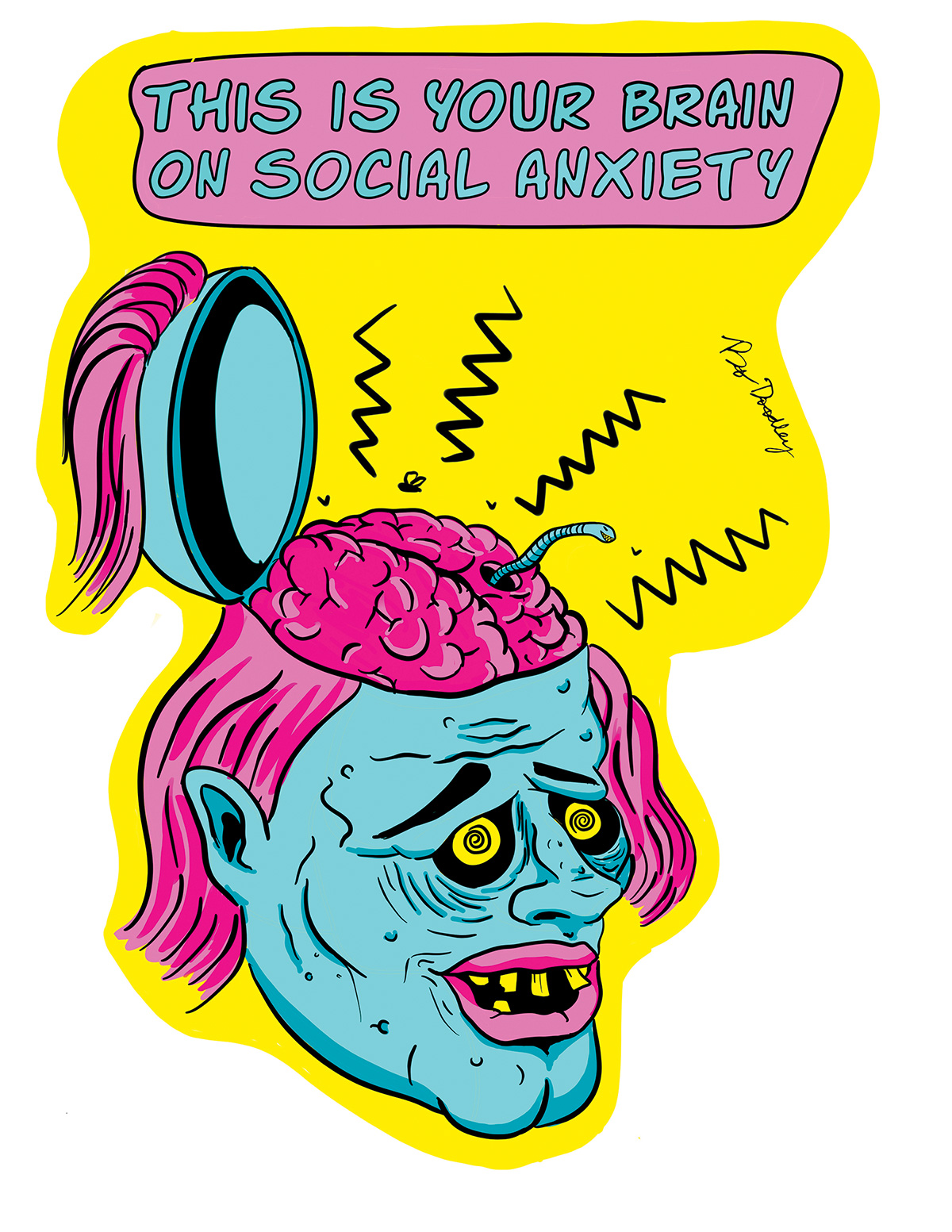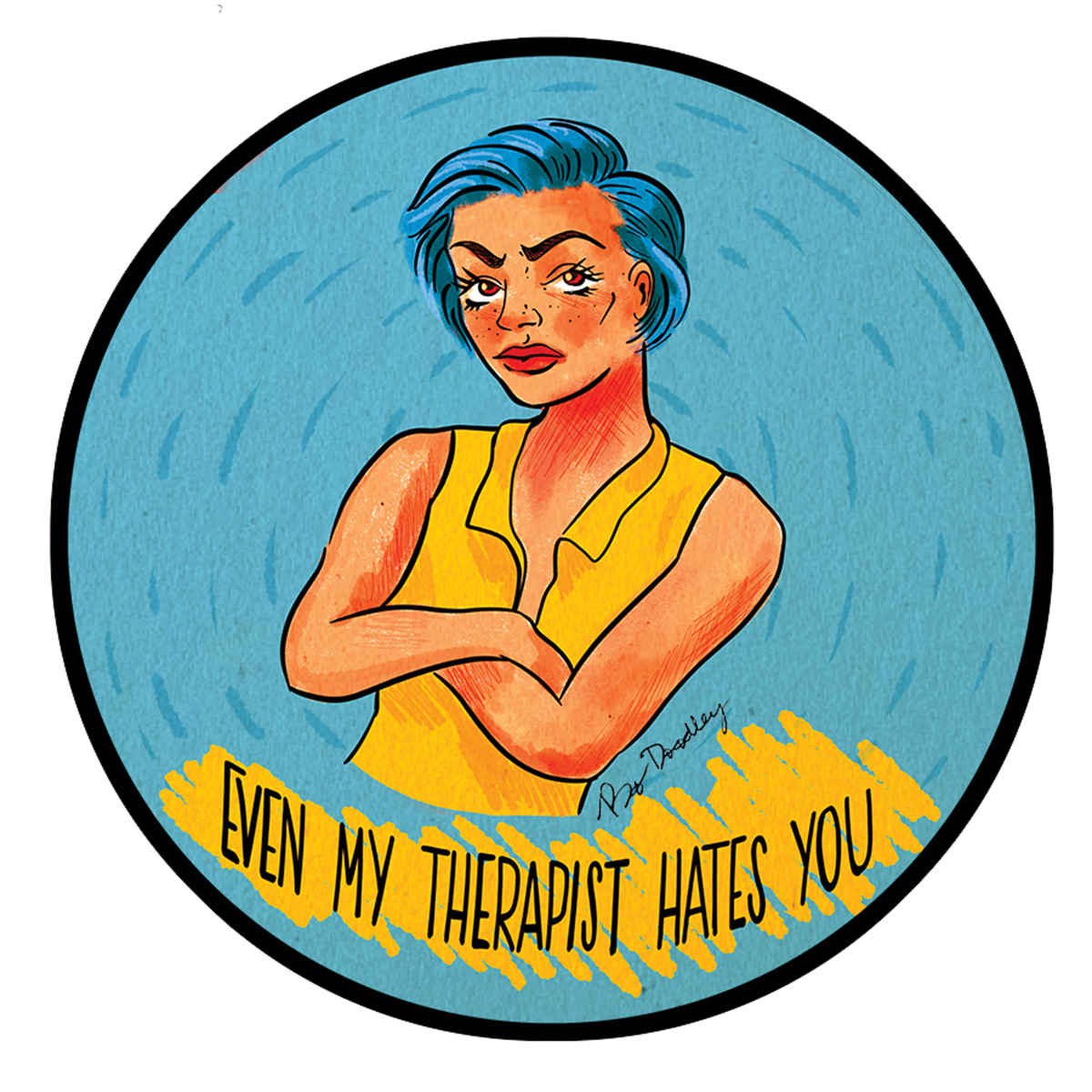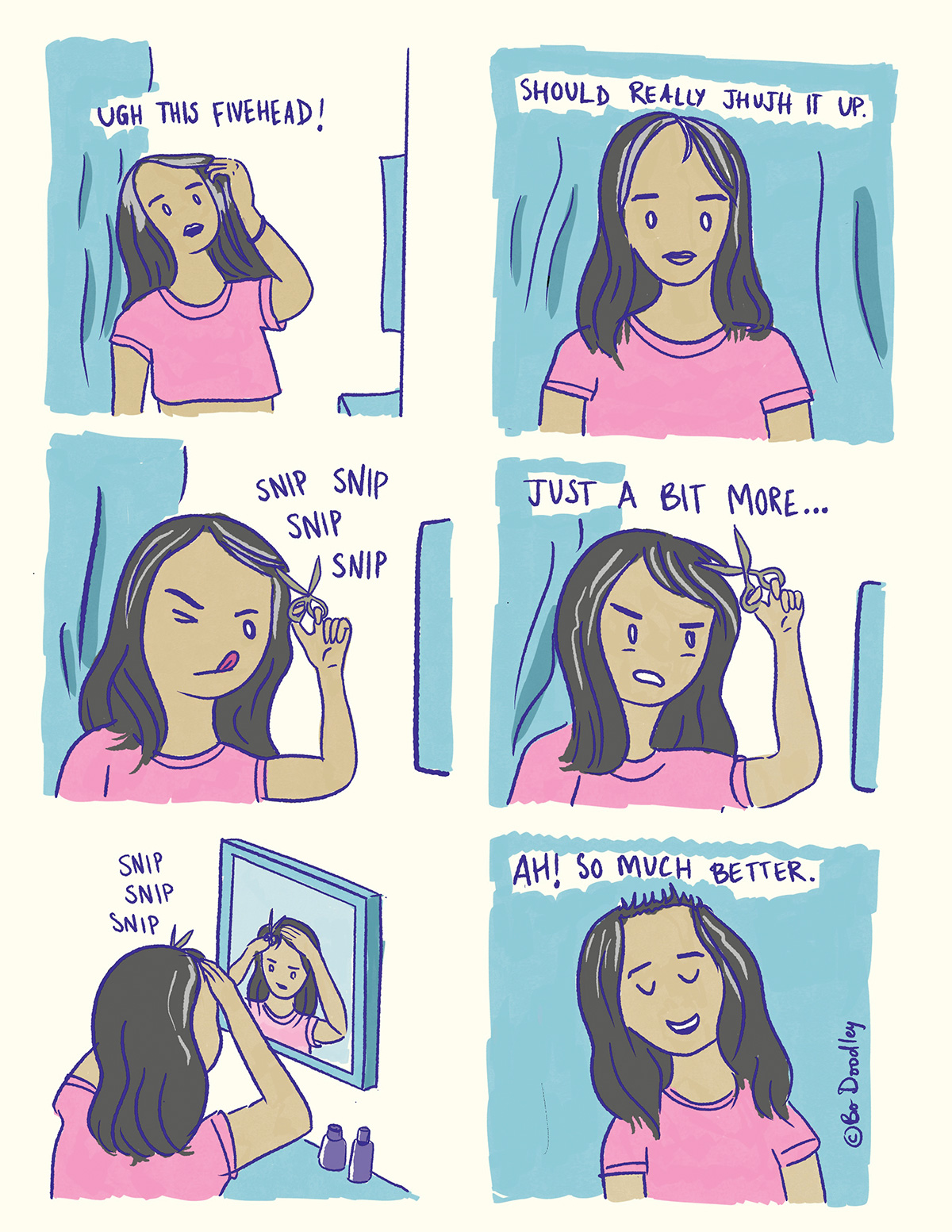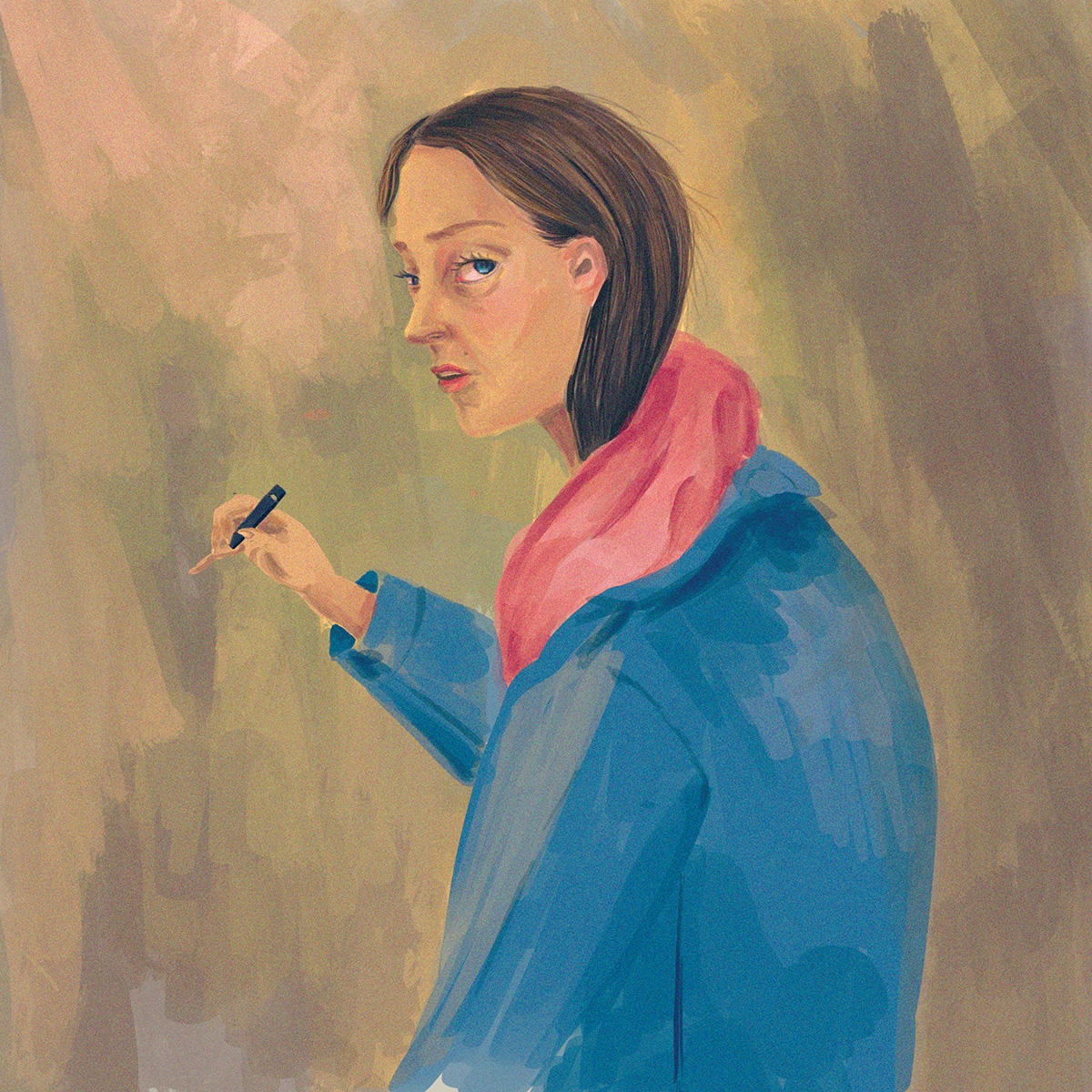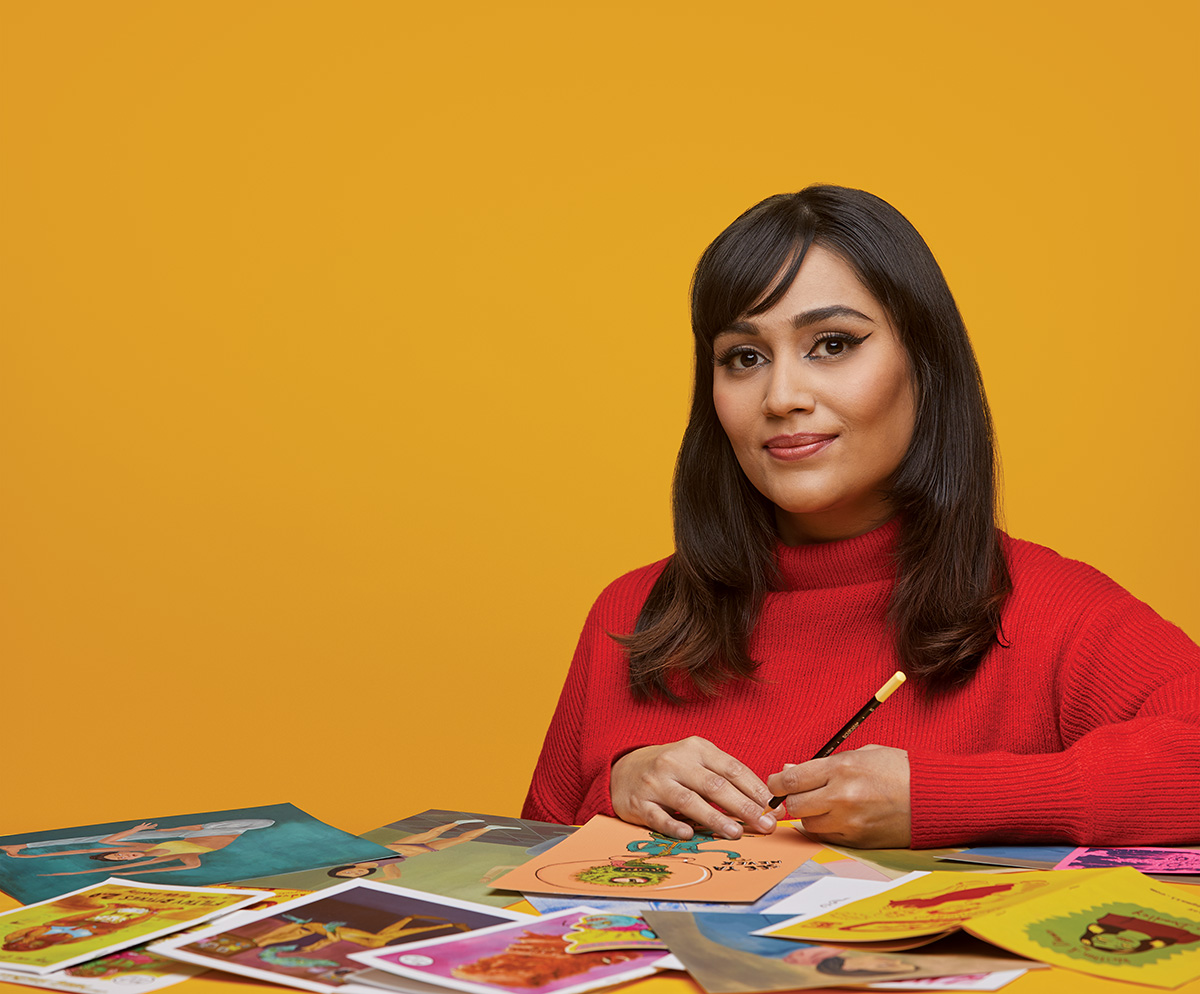
The artist known as Bo Doodley recently hosted a workshop at the Canadian Comics Open Library, in Toronto. The subject was illustration as a tool for boosting personal well-being. “I am not advocating using art in place of medicine or therapy,” she told the two-dozen assembled illustrators and library supporters. “I’m advocating it as a means of helping yourself.”
The thirty-three-year-old Doodley knows first hand how the simple act of drawing can build resilience. Her own struggles with physical and mental health led her to use art as a way of working though problems she couldn’t always express in words. “It really kept me going,” she says. “It’s like meditation. I needed to laugh about it a lot. I needed to find humour in it. So I was making a lot of gross drawings.”
Doodley, who was born in India, started drawing as a child, signing up for extra art classes and “entering drawing competitions I’d never win.” When, in university, she found herself enrolled in an economics program she wasn’t enjoying, she came up with a plan. “I told my parents if they wouldn’t let me go to animation school at the same time as going to university, I would just quit everything,” she says. Her parents agreed to the unorthodox ultimatum, and Doodley managed to complete her two programs simultaneously. Following graduation, she worked in two animation studios over two years, before moving to Canada, in 2010, to attend Sheridan College’s visual and creative arts program. “I wanted to move my skills forward, so I was looking for art schools,” she says. “The ones I looked at in India were very hard to get in to, and they didn’t have the kind of instruction I wanted. I did not want something that was just conceptual and free-for-all. I definitely needed parameters. So that’s how I found Sheridan.”
After completing the program, Doodley—who chose her pen name while listening to a Bo Diddley album—began working odd jobs as a graphic designer. It was then that she became ill and threw herself into illustration and cartooning. She started showing her work to friends and posting it online and, in 2015, rented a table at a zine market, displaying prints and homemade stickers (“I sold nothing, but that’s O.K.”). Discovering Broken Pencil magazine’s annual Canzine festival shortly after inspired her to take her work to the next level. “I hadn’t made any zines at the time, but I walked out of Canzine and decided I was going to do it the following year,” she says. “One of the hardest things, at least for me, is each time I change medium, my style changes. So a lot of my work doesn’t look like it’s coming from the same person. It took me a while to put a body of work together that would fit in one book.”
Doodley labels many of her comics as “deviant,” or “lowbrow,” art, a genre that includes the work of underground cartoonists like Robert Crumb and Ed “Big Daddy” Roth, the creator of the hot rod mascot Rat Fink. But Doodley’s comics are far from derivative of the artists who have come before her. Underground work often is male-centric to a fault; Doodley’s stands out not only for her feminist bent, but also for her bold use of bright colours and her masterful skill in combining them.
Doodley’s main artistic outlets to date have been comic zines, pins, and stickers, but she continues dabbling in other forms of art. “There isn’t a charted out plan,” she says. “I wish someone would tell me what my options are. I would love to make something more formal. I don’t have a C.V. or a portfolio, so I need to do those things. I’d love to be picked up by a publisher, so that’s in the back of my mind. I think I just want to do more and do better.”
